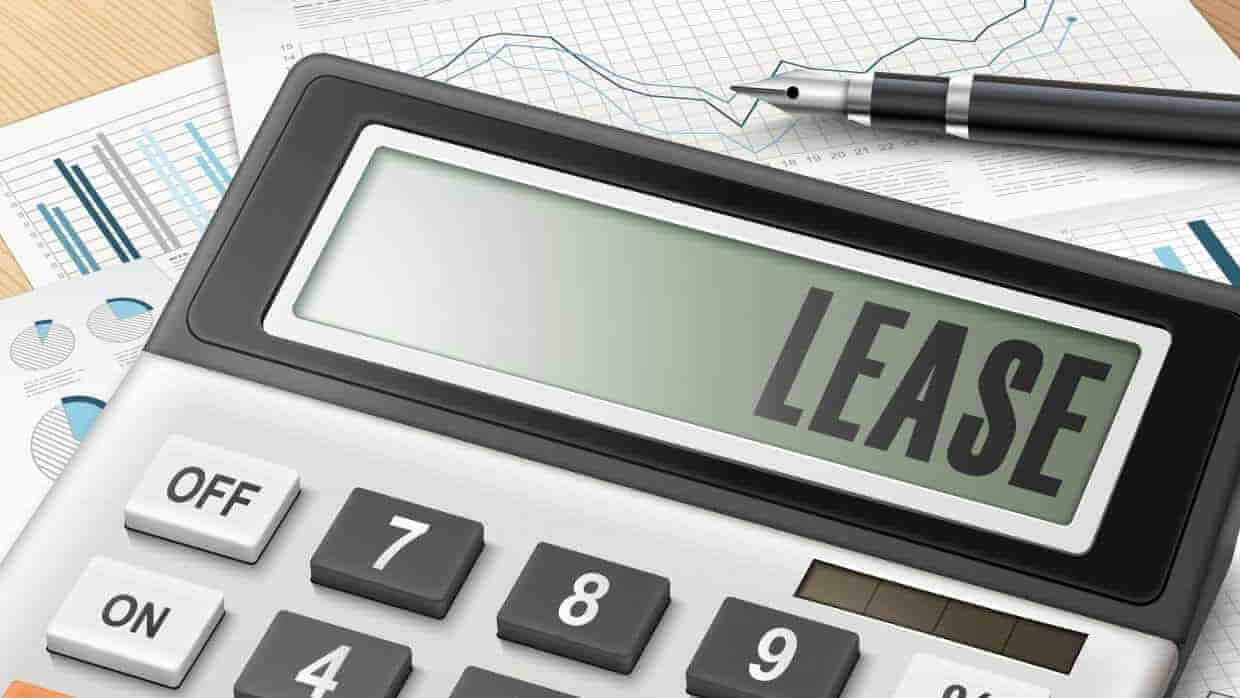In the complex landscape of accounting, lease accounting holds a significant place, impacting businesses across various industries. The introduction of the new standards, namely ASC 842 (Accounting Standards Codification) and IFRS 16 (International Financial Reporting Standards), has brought about substantial changes in lease accounting practices.
These standards aim to enhance transparency and provide a more accurate reflection of a company’s financial position by requiring lessees to recognize most contracts on their balance sheets.
1. Lease Accounting in NetSuite
NetSuite, a popular cloud-based enterprise resource planning (ERP) system, offers comprehensive features for lease accounting. Lease accounting in NetSuite allows businesses to effectively manage their leases, maintain compliance with accounting standards such as ASC 842 and IFRS 16, and gain better visibility into their lease-related financials. With NetSuite’s lease accounting functionality, businesses can streamline lease administration processes, including lease creation, modification, and termination.
It enables the tracking of lease-related expenses, such as lease payments, variable payments, and initial direct costs, while automating the calculation of lease liabilities and right-of-use assets. NetSuite also provides robust reporting capabilities, allowing users to generate accurate and timely lease-related financial statements and disclosures. You can learn more about lease accounting in NetSuite here.
2. Overview of Standards (ASC 842/IFRS 16)
-

Source: leasequery.com
ASC 842 and IFRS 16 have revolutionized the way leases are recognized and reported. Under the previous standards, operating leases were not required to be recognized on the balance sheet, resulting in an incomplete picture of a company’s financial obligations. ASC 842 and IFRS 16 eliminate the distinction between operating and finance leases for lessees, requiring them to recognize a lease liability and corresponding right-of-use (ROU) asset for most with terms exceeding 12 months.
This shift provides a more accurate representation of a company’s financial position, as lease obligations are now reflected on the balance sheet. The new standards also introduce enhanced disclosures, enabling stakeholders to make more informed decisions.
3. Classification and Identification of Leases
To determine whether a contract is a lease or contains a lease, entities must assess whether the contract conveys the right to control the use of an identified asset. Control refers to the right to obtain substantially all of the economic benefits from the use of the asset and the right to direct the use of the asset. Entities should carefully evaluate the terms and conditions of the contract, considering factors such as the nature of the asset, the duration of the lease, and the lessee’s ability to direct the use of the asset.
Proper classification is crucial, as it determines the accounting treatment, impacting financial statements and key ratios.
4. Lease Term and Commencement Date
-

Source: gaapdynamics.com
The term comprises the non-cancellable period for which the lessee has the right to use the underlying asset, including any periods covered by an option to extend or terminate the lease if the lessee is reasonably certain to exercise that option. Determining the term requires careful consideration of contractual provisions, including renewal options, termination options, and contingent rentals.
The commencement date, on the other hand, is the date on which the lessee obtains the right to use the leased asset. Lessees should exercise prudence while determining the commencement date, considering factors such as when the lessee takes physical possession of the asset or when the lessee has the right to direct its use.
5. Measurement of Assets and Liabilities
Upon identification of a lease, lessees must measure liabilities and ROU assets. The lease liability represents the present value of payments over the term, discounted using the lessee’s incremental borrowing rate (IBR) or the rate implicit in the lease, if determinable.
It is crucial to select the appropriate discount rate to ensure accurate measurement. The ROU asset, on the other hand, is measured as the lease liability adjusted for any initial direct costs, incentives received, and prepaid or accrued payments. Lessees should exercise diligence in determining the appropriate amounts of initial direct costs and incentives, ensuring they are appropriately allocated to the ROU asset.
6. Payments and Discount Rate
Lease payments encompass fixed payments, variable payments based on an index or rate, and payments in the form of residual value guarantees. Lessees should carefully analyze the lease agreement to identify all components of payments. Fixed payments and variable payments based on an index or rate should be included in the initial measurement of liability, while payments based on the residual value guarantee should be included if they are probable and reliably estimable.
Determining the discount rate is crucial for accurately measuring liabilities. The discount rate should reflect the rate at which the lessee would borrow funds to purchase the underlying asset or a similar asset. The lessee’s IBR is typically used when the rate is not readily determinable. Regular reassessment of the discount rate may be necessary, considering changes in market conditions or the lessee’s creditworthiness.
7. Modifications and Remeasurements
-

Source: leasequery.com
Lease modifications refer to changes in the scope, consideration, or both of an agreement after its commencement. When a modification occurs, the lessee must reassess the liability and ROU asset. If the modification is accounted for as a separate lease, a new liability and ROU asset are recognized. However, if the modification is not accounted for as a separate lease, the lessee adjusts the lease liability and ROU asset based on the revised consideration.
Additionally, remeasurements may be required when there are changes in payments, terms, or changes in the assessment of options. It is crucial for lessees to carefully evaluate modifications and remeasurements to ensure accurate accounting and financial reporting.
8. Sublease and Sale-Leaseback Transactions
Sublease transactions occur when a lessee grants another party the right to use the underlying leased asset. Under ASC 842 and IFRS 16, a lessee recognizes an ROU asset and liability for the original and a separate ROU asset and liability for the sublease. Proper identification and accounting for sublease transactions are essential to accurately reflect the financial position of the lessee.
Sale-leaseback transactions, on the other hand, involve the sale of an asset by the owner (seller-lessee) to a buyer (purchaser-lessor), followed by a leaseback of the same asset. Entities must carefully evaluate the substance of the transaction to determine whether it qualifies as a sale or a financing arrangement, impacting the accounting treatment.
9. Initial Direct Costs and Incentives
-

Source: leasecrunch.com
Initial direct costs are incremental costs directly attributable to negotiating and obtaining a lease. These costs include commissions, legal fees, and costs related to due diligence. Lessees should carefully evaluate these costs to determine if they should be capitalized as part of the ROU asset.
Lease incentives, on the other hand, refer to payments made by the lessor to the lessee, such as rent-free periods or tenant improvement allowances. Lessees should assess the nature of incentives to determine the appropriate accounting treatment, either as a reduction of payments or as a reduction of the ROU asset.
Final Words
Navigating the world of lease accounting requires a comprehensive understanding of key concepts and best practices. ASC 842 and IFRS 16 have brought about significant changes, ensuring that leases are accurately recognized and reported on the balance sheet. By carefully considering the classification and identification of leases, lease terms, and commencement dates, measurement of assets and liabilities, payments and discount rates, modifications, and remeasurements, sublease and sale-leaseback transactions, as well as initial direct costs and incentives, businesses can ensure compliance and provide stakeholders with a transparent view of their financial position.








